
VIOLET Featured as a Best Practice
In the “100 Climate-Neutral and Smart Cities by 2030” Info Kit , VIOLET was featured as a Best Practice.
VIOLET is an Interreg Europe project, which addresses the common challenge among EU regions, home to a building stock of important traditional buildings. These buildings are an asset not only to residents, but also to various industries that sustain European economies, such as cultural tourism and ICT.
VIOLET faces the challenge to create a building culture that is sympathetic to modern requirements of reinstatement and conservation for improved energy usage and reduced carbon emissions, without endangering architectural heritage. Without this forward-looking policy change, traditional buildings that are now a valuable asset will become a burden in the near future.
VIOLET addresses this challenge, with an overall aim to improve regional public policy to enhance energy efficiency in traditional buildings, by addressing both low carbon and cultural preservation actions.
To achieve this goal VIOLET brings together five regions at different stages of development and one expert advisory partner, to fosters a multi-sector, integrated planning approach bringing together organisations in charge of energy efficiency and those in charge of cultural heritage at regional and EU level.
Each region contributes to the main output of the project: an action plan describing the policy actions required to improve energy efficiency in traditional buildings. The action plan describes concrete measures and includes commitments from relevant public authorities to secure financial resources and policy support. More advanced partners will start implementing some actions, using own resources. In parallel, partners define recommendations for the EU level recast Energy Performance of Buildings Directive (EPBD).
From 2017 to 2021, the Interreg Europe VIOLET project addressed the need for improvement to regional public policy to enhance energy efficiency in traditional buildings, by addressing both low carbon and cultural preservation actions. In 2021, VIOLET submitted a proposal under a special Covid-19 call of the Interreg Europe programme, which was approved. An additional € 1,262,744.40 in ERDF for partners was awarded to continue its applauded work towards improving regional development policies to better face the net-zero transition and recover from the unprecedented situation brought upon by the ongoing Covid-19 pandemic.
The international consortium shall continue to work together toward establishing a building culture that is sympathetic to modern requirements of reinstatement and conservation for improved energy usage and reduced carbon emissions, without endangering the much loved EU architectural heritage. Main activities of the partners in this extended phase of the project include the implementation of the partners’ regional action plans, which outline concrete measures and include commitments from relevant public authorities to secure financial resources and policy support.
€1,510,290.00
Low-carbon economy
Energy efficiency is one of the main targets of Europe 2020. It aims for a 20% reduction in primary energy consumption by 2020. The Energy Union set the objective of reducing Europe's energy use by 27% or greater and emitting at least 40% less greenhouse gases by 2030, compared with 1990 figures. This is a challenging target, when focusing on buildings.
Buildings in Europe consume 40% of Europe’s total energy and emit 36% of CO² emissions. EU policy looks to address this, through the Energy Performance of Buildings Directive and the 2012 Energy Efficiency Directive.
However, rates of building refurbishment are still insufficient even though investments in buildings’ efficiency are amongst the most profitable for citizens and industry.
For an additional 12 months, the extended VIOLET project shall continue to yield results and make an impact in the field of energy renovation of heritage and traditional buildings, extending beyond its original goal established in 2017 to meet the EU target to better face the net-zero transition and recover from the unprecedented situation brought upon by the ongoing Covid-19 pandemic.
The selected policy instrument is the Priority Axis 5.1 Preserving, protecting, promoting and developing natural and cultural heritage.
This priority contributes to protecting and preserving cultural heritage, while increasing the quality of life, preservation of cultural identity and local economic development and creating jobs. Activities work towards achieving EU policy objectives, consistent with the Treaty of Lisbon, which encourages conservation and protection of cultural heritage.
It is relevant to VIOLET in that it states that cultural heritage should be restored, protected and preserved.
Actions financed focus on: restoration, consolidation, protection and preservation of historical monuments, of interior paintings, frescoes, mural outside; restoration of the facades; interior fittings; facilities for protection of movable / immovable cultural heritage; tourism marketing to target refurbished buildings, including digitisation. In Romania there are 4000 monuments belonging to the state (2999 in the South-East Region). These monuments are the main beneficiary of this priority axis, but buildings protected at local level are also included.
The instrument needs to be improved to include energy efficiency criteria and to target traditional buildings with specific solutions and monitoring tools. To this end, increased capacity in energy efficiency topics related to cultural heritage are needed in programme design and implementation, thanks to multisector stakeholders.
The policy instrument selected is the ROP 2014-2020; Investment priority 4iii: Support energy efficiency, smart energy management and use of renewable energy sources for public facilities including public buildings and housing sector; SO1 Increase energy saving for public buildings.
The specific objective is to improve energy efficiency of existing public building stock by introducing relevant measures and utilisation of RES. To achieve this objective, the following actions can be supported: thermal insulation, glazing replacements, efficient heating and cooling equipment, smart meters, energy monitoring equipment, buildings management systems, energy storage, RES and pilot projects for high efficient CHP systems.
Emphasis is given to stricter energy efficiency standards and investments for public buildings to become Nearly Zero Energy Buildings. This will help to meet the obligation of Cyprus to renovate 3% of the heated surface of public owned buildings used by central government every year. Emphasis is given to buildings with the lowest energy efficiency.
Traditional buildings are exempt from these demanding standards. As a result, important traditional buildings remain unused and in stagnation because of the strict cultural heritage protection rules.
Improvements are needed to include energy efficiency standards and prove that energy refurbishment of traditional buildings results in significant energy savings, economic opportunities and cultural value.
The policy instrument addressed is the Operative Programme Andalusia 2014 – 2020, Objective T.O.6. Priority line 6.c: Conservation, protection and promotion of the natural and cultural heritage.
This priority line addresses the need to protect, conserve and value the historical heritage in Andalusia, which is an expression of the cultural identity of the society. The OP includes actions to protect, promote and disseminate historical heritage.
Actions included in the priority line are maintenance and renovation of buildings. In detail, one of the specific actions foreseen refers to building rehabilitation. One of the targets estimated in the OP is to renovate around 21.500 square meters by 2023.
The renovation of historical buildings is included in the OP as an important part of the strategy. However, energy issues are not contemplated in the renovation process. Standards are not set and incentives are not foreseen. This is explained with the uniqueness of the buildings and the need to analyse their structure and the building characteristics on a case-by-case basis. This represents a huge limit both in terms of conserving the cultural heritage assets and in view of reaching demanding EU and regional energy targets by the set deadlines of 2020 and 2030. To overcome this, the priority should be linked with the low carbon priority of the ROP, setting energy saving standards for buildings. Moreover, this should include buildings that are not part of the cultural heritage stock.
The policy instrument addressed is a local policy directly managed by the project partner. The policy instrument is the OP de weg naar een Energieneutraal Middelburg in 2050 (On the way to a zero based Middelburg in 2050).
The objectives of this instrument are the following:
• Achieving significant growth in sustainable development in heritage and traditional building renovations
• Incentivising the use of resource efficient and energy efficient renovation techniques and supporting the regional economy in terms of sustainable renovation of heritage
• Disseminating knowledge on low energy and cultural heritage
• Exchanging knowledge and dialogue with all stakeholders involved in designing an integrated approach to energy efficiency.
By 2050 the municipality of Middelburg wants to be a zero based community. The main goal included in the local work plan, defining means of implementing the policy, is to preserve the 1200 monuments of the town in a resource efficient way.
An integral strategy to maintain and strengthen the city’s historic core, focused on sustainability of monuments, energy efficiency in traditional buildings and direct conservation of traditional buildings, is part of this approach. The policy instrument needs improvement to explore specific resource efficiency characteristics of traditional buildings. Due to original construction techniques, some already minimise carbon, water and land footprints and should be renovated taking these features into consideration.
The selected policy instrument is Priority Axis 4 of the ROP - Supporting energy transition and environmentally-friendly initiatives in Aquitaine.
The specific objective is to improve energy efficiency to reduce final energy consumption of public buildings and housing. To maximise impact of EU funding, key targets are for housing. Specially:
- Social housing with issues related to thermal insulation, social stakes, management and skills of residents
- Private housing with issues related to implementation of specific tools according to heritage status and locations and to financial engineering and animation tools.
Initial support given to public buildings first should use and validate innovative construction process and technologies, which are then transferable to housing.
Actions include:
- studies concerning energy performance improvement of existing public / private stock
- exemplary renovation of public buildings, especially schools, cultural, health and social buildings and council housings, including application of innovative wood construction systems
- financial and animation operations
Traditional buildings are a transversal issue relevant to the Priority Axis and represent a large part of the building stock. Improvements are needed in terms of solutions and monitoring tools (e.g. Life Cycle Cost assessment). A multisector task force, able to understand both energy efficiency and heritage should be set up, would help achieve the ambitious policy objectives.

In the “100 Climate-Neutral and Smart Cities by 2030” Info Kit , VIOLET was featured as a Best Practice.
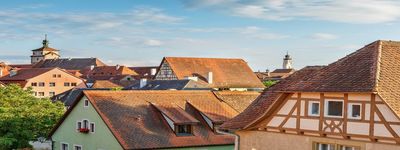
How the Interreg Europe VIOLET Project’s interdisciplinary stakeholder groups have established a lasting impact.
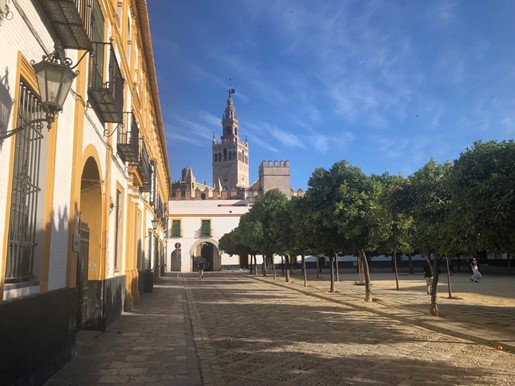
As part of the activities to be carried out within the Interreg Europe VIOLET project under the 5th call, four Interregional Exchange Workshops were held.
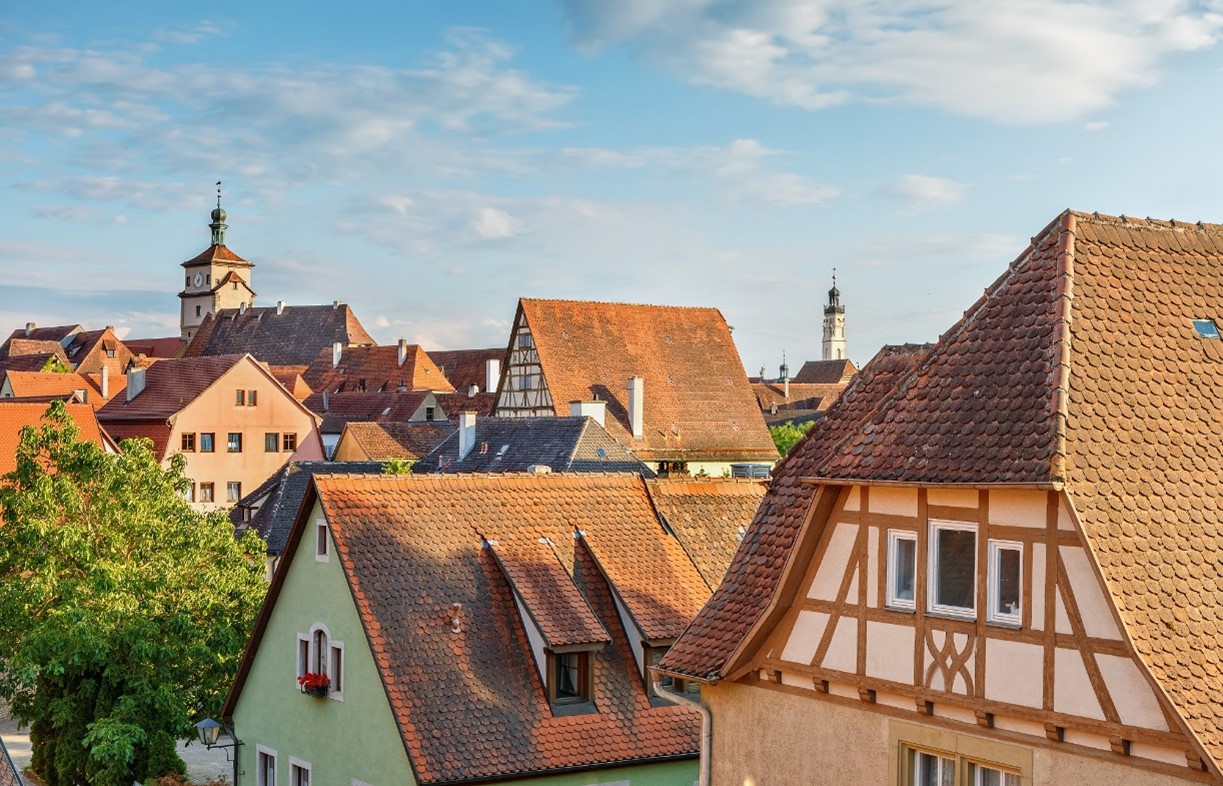
Cyprus Energy Agency has published an informative video for raising awareness on the energy efficiency of heritage buildings as part of their regional communica...
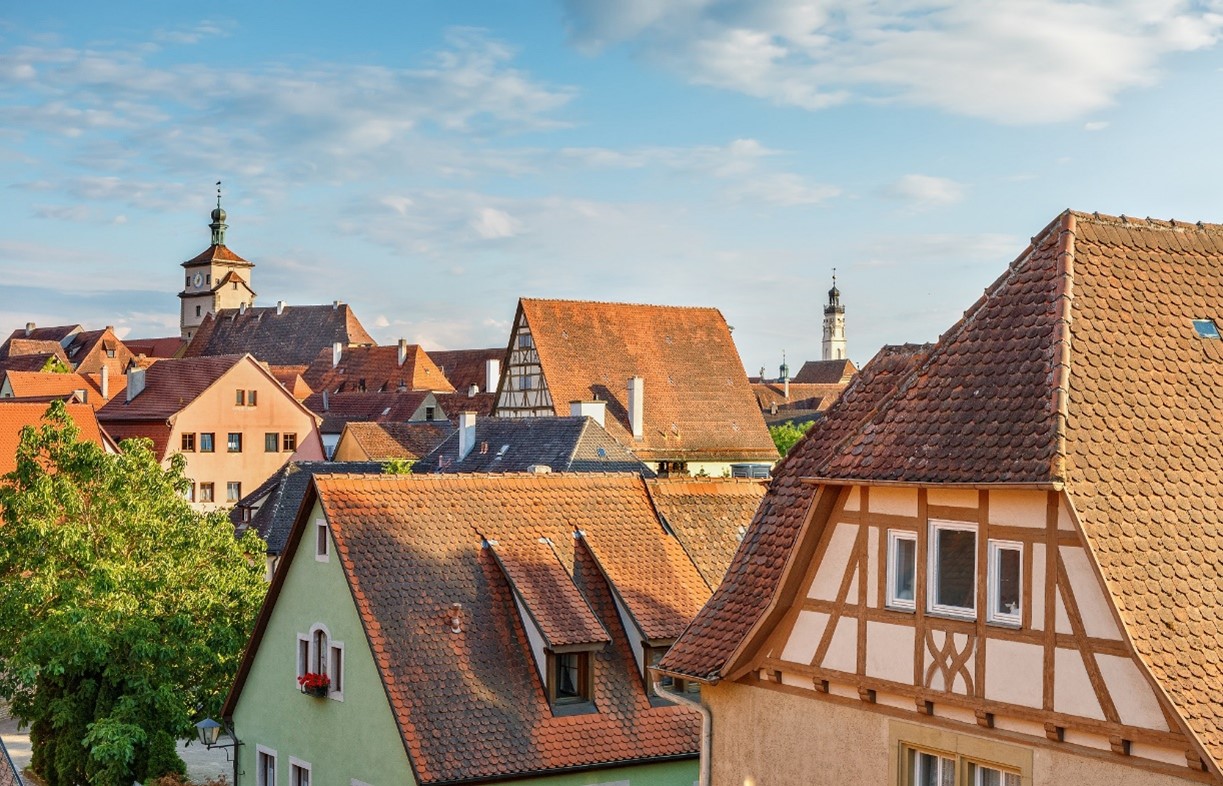
The VIOLET Guidebook is available online in Greek free of cost.
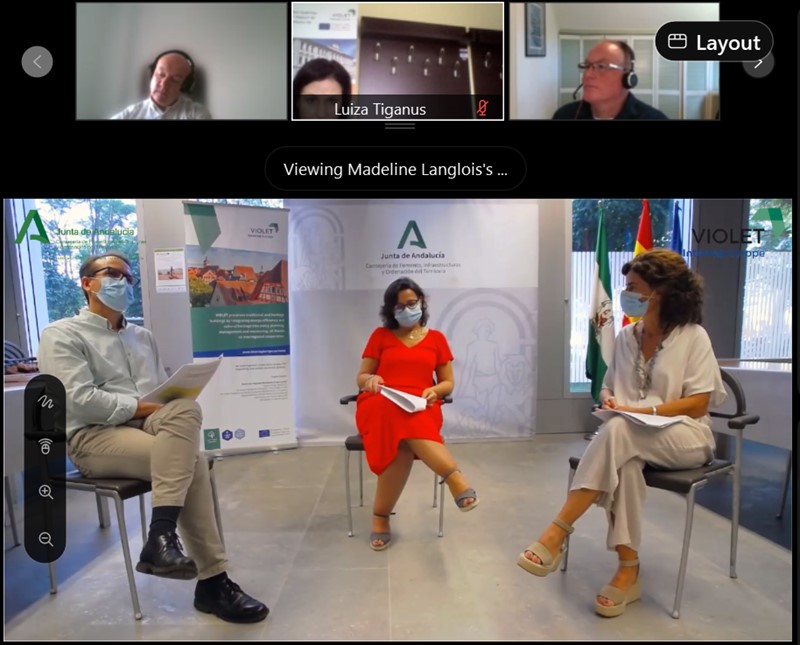
The virtual Final Conference: Improving regional public policy to enhance energy efficiency in traditional buildings - took place on 22 September 2021.
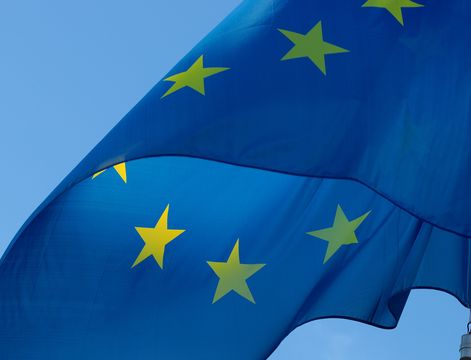
The paper is intended to review the current policies across the EU relating to energy consumption and efficiency measures in renovations of heritage buildings.
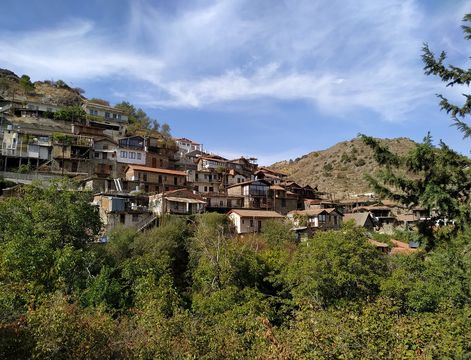
“Recommendations for the EU level recast Energy Performance of Buildings Directive” has brought solid results for the Energy Performance of Heritage Buildings.
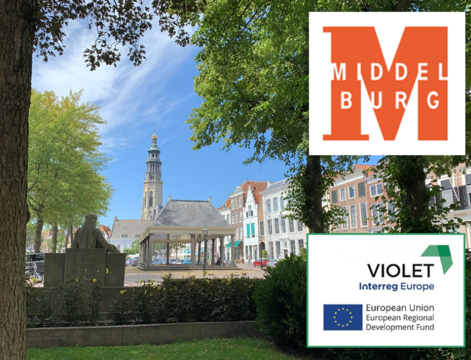
On the 15th of September, a VIOLET Community of Practice (CoP) meeting took place at the municipal offices of Middelburg.
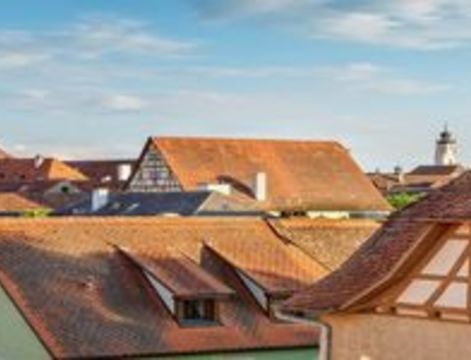
Action Plan 1st phase initiated on energy efficiency in patrimony buildings in South-East Region of Romania following approval from Interreg Europe Secretariat